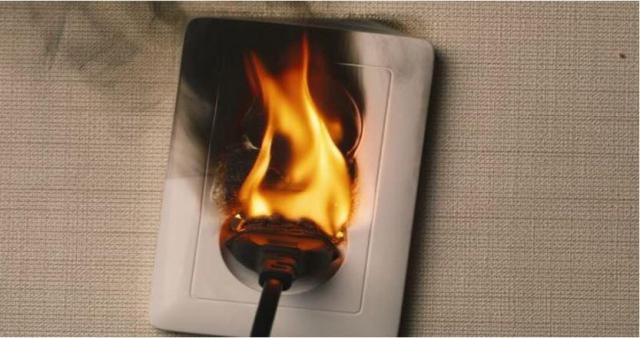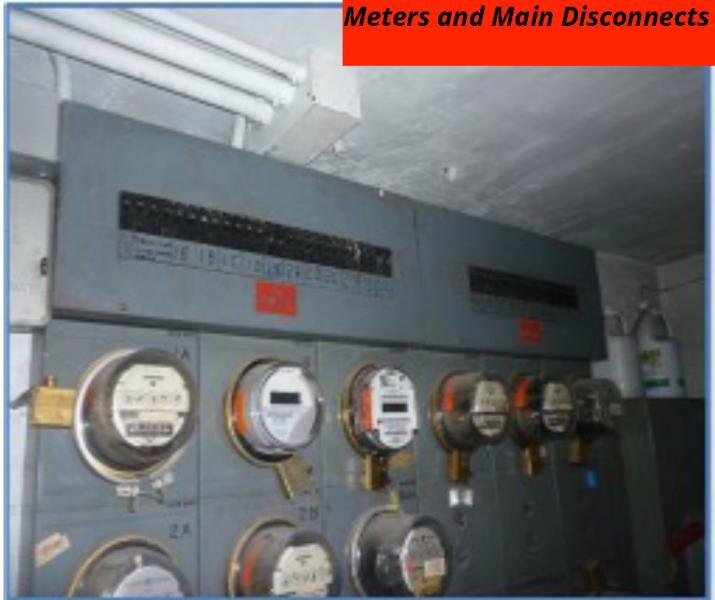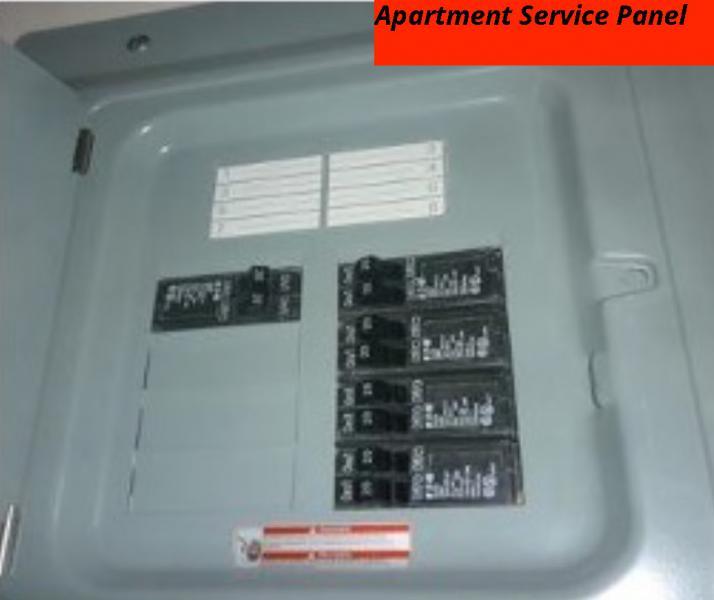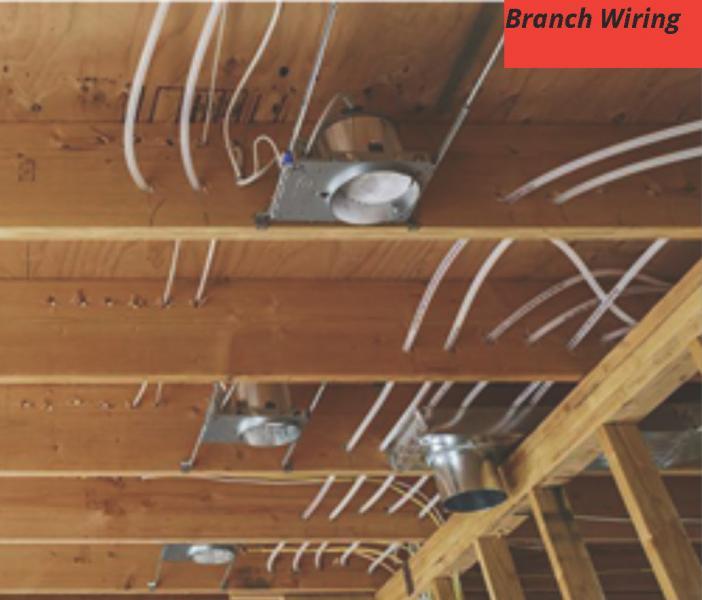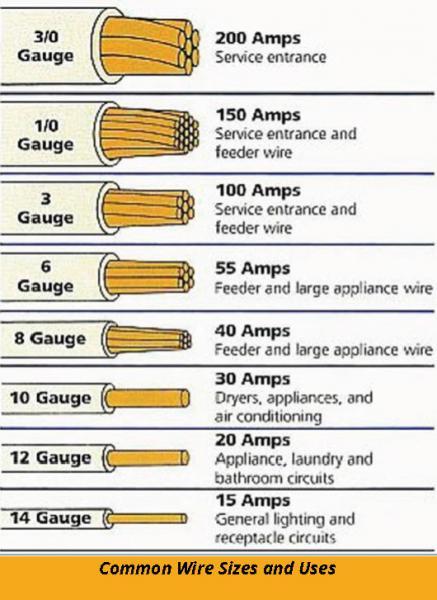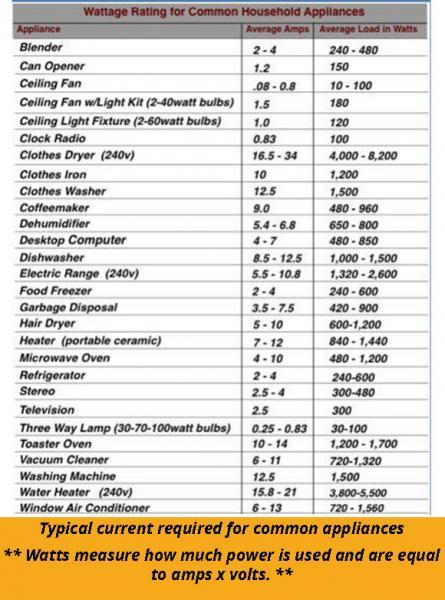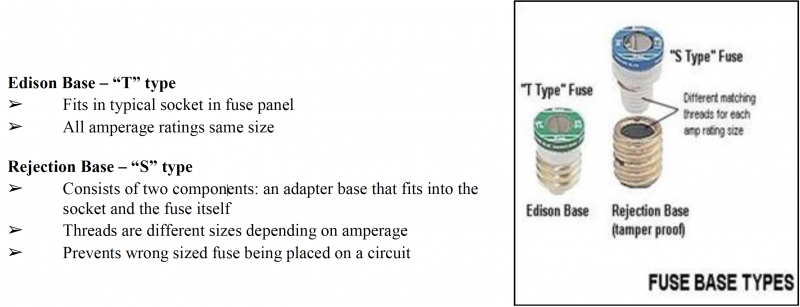Warning Signs of Electrical Fires and What to do to Prevent Them
Fires that originate in a building's electrical system make up one of the leading causes of property damage for property owners and managers. Like many components in older buildings, electrical systems require updating and maintenance as they age and failure to do so can compromise their safety. Studies have indicated that the frequency of electrical fires is disproportionally higher in electrical systems that are more than 40 years old. Factors frequently contributing to the higher rate of fires in older electrical systems include:
- Inadequate and overburdened electrical systems.
- Use of components that have exceeded their useful lifespan.
- Defeated, compromised, or ineffective overcurrent protection.
- Misuse of extension cords, power strips, and outlet splitters.
The purpose of this guide is to educate property owners and managers on identifying defects and understanding the importance of electrical system updating and maintenance.
Components of an Electrical Distribution System in a Residential Building
- Service Entrance
- Defined as a series of conductors used to deliver electrical power to the building wiring system.
- May be above ground (service drop) or below ground (service lateral). - Meter
- A device that measures the amount of electrical energy consumed by a residence, a business, or an electrically powered device.
- Utility owned.
- May be set up as a single house meter which monitors the entire building or separated for each unit in the building.
- Main Disconnect (apartment main)
- Overcurrent protection device designed to shut off power to an entire unit or group of units should the overall load demand exceed the design of the circuit.
- Typically located in the basement near the meters or occasionally on certain floors of the building in high rises.
- May be circuit breaker, plug style fuse or cartridge style fuse
- May be rated from as small as 20-30 amps up to 200 amps depending on the age of the building and the demand. - Apartment Feeders
- Defined as conductors between the load side of the service equipment and the line side of the final branch over current device - aka the wires that connect the apartment mains to the apartment sub panels.
- Should match the rating of the main breaker or fuse. - Apartment Service Panel
- Distributes power to individual circuits throughout the unit.
- Typically contain multiple circuits of 15, 20, and sometimes 30 amps.
- Provides overcurrent protection to branch circuits using fuses or circuit breakers.
- Branch Wiring
- Defined as a portion of a wiring system that extends beyond the final automatic over current protective device (i.e., fuse or breaker) - aka the wiring in the walls of an apartment. - Switches, receptacles, fixtures, etc.
- PLP (public lights & power) panels or house panels
- Provides overcurrent protection to areas of the building other than the apartments - i.e. boiler room, elevators, lobby, hallways, laundry room, garage.
- Typically located in electric meter room but can be anywhere.
Common Problems with Older Electrical Systems
- Inadequate, underpowered, and overburdened.
- Electrical systems installed many years ago were not designed to carry the typical electrical load demanded in modern buildings. Continuing to operate on an electrical system that was installed 40 or more years ago can increase the risk of an electrical fire.
- The amount of electrical current wires can safely carry is measured in amperes or "amps".
- Generally speaking, thicker wires can carry greater current.
- Wire size is categorized by the American Wire Gauge system (AWG) - the larger the wire size, the smaller the AWG number.
- Should match the size of the circuit - larger demand requires a larger circuit.
- If more current passes through a wire than it was designed to carry, it causes the wire to overheat which can eventually lead to an electrical fire.
- Worn out or ineffective electrical system components - as components of an electrical system age, safety features built into their design can begin to fail.
- Wiring - damaged insulation and compromised conductors can lead to arcing and eventually fires.
- Non-metallic cable installed before 1960 typically had a cloth outer jacket as opposed to modern PVC insulation - these cloth jackets are prone to wear.
- Cable installed 50-60 years+ ago used rubber insulation on individual conductors which can suffer from brittleness and cracking.
- Cable exposed to moisture can rust and corrode.
- Cable can be damaged by rodents or insects.
- Overcurrent protection devices - failure of aging main disconnects, service panels and sub-panels can lead to more current passing through a wire than it is designed to carry and result in a fire.
- Older circuit breakers can experience corrosion and insect infestation which can interfere with their operating mechanism and compromise their effectiveness.
- Receptacle's outlet, switches, and fixtures.
- Wear and tear to these components can lead to loose connections, arcing and fires.
- Outlets can become physically damaged or painted over.
- Older receptacles can be ungrounded or non-polarized.
- Defeated, compromised, or ineffective overcurrent protection devices.
- Overcurrent is defined as the condition where the current in amperes is greater than the rated current of the equipment or conductors, resulting from an overload, short circuit, or ground fault.
- An overcurrent protection device protects the circuit by opening the device when the current reaches a value that will cause an excessive or dangerous temperature rise.
- Types of overcurrent protection devices include circuit breakers and fuses.
- Fuses and circuit breakers function equally well, as long as they are properly sized for the circuit which they are protecting.
- An over fused circuit is a circuit that is protected from overcurrent by a fuse or circuit breaker that is oversized for the capacity of the circuit conductors. This is a hazardous condition that can result in overwhelming of the conductors and an electrical fire.
- Over fusing sometimes occurs when the wrong capacity fuse is placed in a socket on the fuse panel. Often in older buildings, residents intentionally place a fuse with a larger capacity than the circuit is designed to carry to eliminate the need to constantly replace the fuse. In extreme cases a fuse can be bypassed entirely.
- Some older circuit breaker load centers have or are suspected to have higher than acceptable failure rates due to design flaws and poor-quality control. Failure to open in an over current situation can lead to overheating and fires.
- Examples of such panels and circuit breakers include Federal Pacific, FPE Stab-Lok, Federal No-Ark, Federal Pioneer, Zinsco-Sylvania.
- Misuse of extension cords, power strips, and outlet splitters.
- Older electrical systems were not mandated by code to install enough receptacles necessary for modern demands - this can lead to improper use of extension cords, power strips, or outlet splitters.
- Those components wear out quickly and often do not carry the same amperage rating as the circuits that feed them which can lead to overload even if the overcurrent protection device is functional.
Warning Signs of Hidden Electrical Fires
While there are many signs of electrical fires in walls, some of the most common ones include:
- Flickering or dimming lights.
- Circuit breakers that frequently trip or fuses that often need replacement.
- Arcs, flashes of light or showers of sparks anywhere in the electrical system.
- Sizzles and buzzes; unusual sounds from the electrical system.
- Overheating wires giving off an odor of hot insulation; switch plates or receptacle covers that are hot to the touch or discolored from heat buildup.
- Electrical shocks - a shock of any intensity may be warning of an electrical danger.
Electrical System Upgrades to Consider that Reduce Electrical Fire Risk
- Have the electrical system evaluated by a licensed electrician to determine if the service size is adequate for modern load demands and upgrade the service if necessary.
- Update aging components of the electrical system including service entrance, main disconnects, feeder cables, apartment service panels, branch wiring, switches, receptacles, and fixtures.
- Install properly sized "S" type fuses in fuse panels when replacement is not an option.
- The use of "S" type fuses corrects the issue of over fusing by making it impossible to install a fuse of the wrong rating without first removing the adapter base.
- It is vital that the correctly sized adapter base is installed.
- Replace any circuit breaker load centers with a history of high failure rate with more reliable products.
- Consider installing arc-fault circuit interrupters (AFCIs) which protect against electrical fires by monitoring the electrical current in a circuit and shutting off the circuit when unintended arcing occurs.
- Consider adding additional circuits and receptacles in areas where their number is insufficient.
Electrical System Operation and Maintenance Best Practices
- Any work to be done on the system should be performed by a licensed and qualified electrician.
- Ensure any electrical modifications meet existing codes.
- Only utilize components that have been certified by a qualified testing laboratory such as UL.
- Routinely inspect visible components of the electrical system for signs of wear, physical damage or burns and replace any damaged wiring, outlets, switches, and fixtures.
- Test circuit breakers by initiating an open and close operation at least once per year and replace any that are not functioning properly.
- Properly label electrical panel circuits.
- Test all electrical safety devices (AFCIs, GFCIs, smoke alarms, etc.) on a monthly basis.
- Do not overload outlets.
- Limit the use of extension cords to temporary use only.
- Do not run extension cords through walls or ceiling.
- Ensure that extension cords and power strips are properly rated for their intended use.
Submitting a Claim to GNY
To submit a claim after a Electrical Fire loss refer to the guides here.
The content herein is for informational purposes only without warranty of any kind, whether express, statutory, or implied, and the information contained herein does not constitute legal advice. You should contact an attorney to obtain advice with respect to any particular issue or problem. Greater New York Mutual Insurance Company and its affiliates assume no liability whatsoever for any errors or omissions in any content contained herein.
